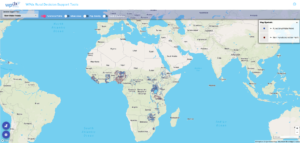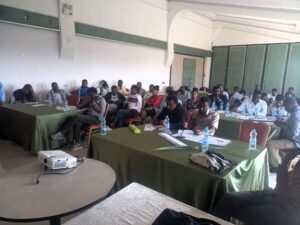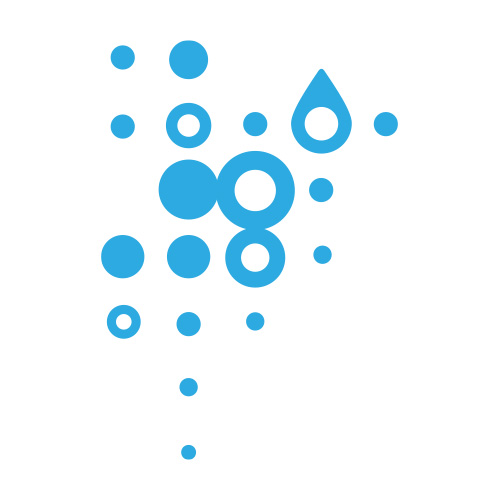
Announcing the WPdx Monitoring, Evaluation, Adapting and Learning (MEAL) Guide
The WPdx Data Standard was created in 2015 by an expert working group and defines a set of basic parameters that should be collected when
WPdx is data collection system agnostic. Data collected using a variety of tools and surveys can be uploaded within minutes to WPdx.
The data playground provides access to the entire WPdx dataset and offers users the opportunity to filter based on geographical or other categorical variables.
Advanced analytical tools have been developed to utilize the WPdx dataset and help governments and their partners improve decisions on a regular basis.
The amount of water point data being collected is growing rapidly as governments and development partners increasingly monitor water points over time. Without harmonization among these different data sources, the opportunity for learning will be limited, with the true potential of this information remaining untapped.
By establishing a platform for sharing water point data throughout the global water sector, WPdx adds value to the data already being collected. By bringing together diverse data sets, the water sector can establish an unprecedented understanding of water services.
Sharing this data has the potential to improve water access for millions of people as a result of better information available to governments, service providers, researchers, NGOs, and others.
Convene experts to refine data standard.
Collaborate with the WASH community to increase sharing of harmonized data using data standard.
Maintain platform to enable data sharing and open access.
Support learning and evidence-based decision-making using harmonized data and advanced analytical tools.

The WPdx Data Standard was created in 2015 by an expert working group and defines a set of basic parameters that should be collected when

We are excited to share two new resources exploring applications of the WPdx Decision Support Tools app: A detailed written tutorial with pictures describing how

Photo caption: WPdx training delivered by MWA to government stakeholder and Sustainable WASH Program implementation partners in March 2023. Photo credit: Selamawit Tiruneh Over the



